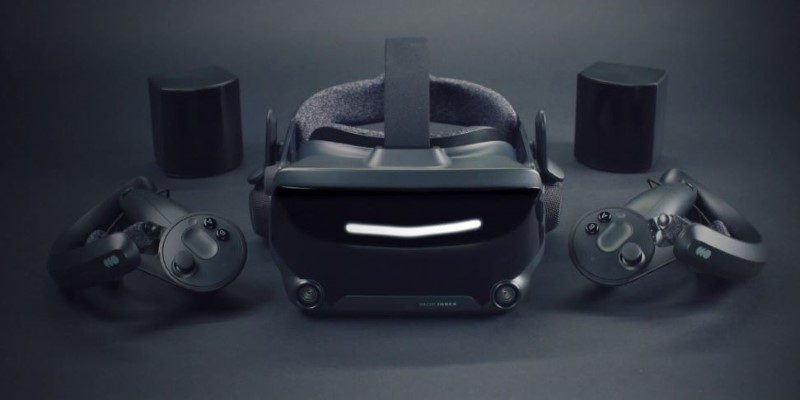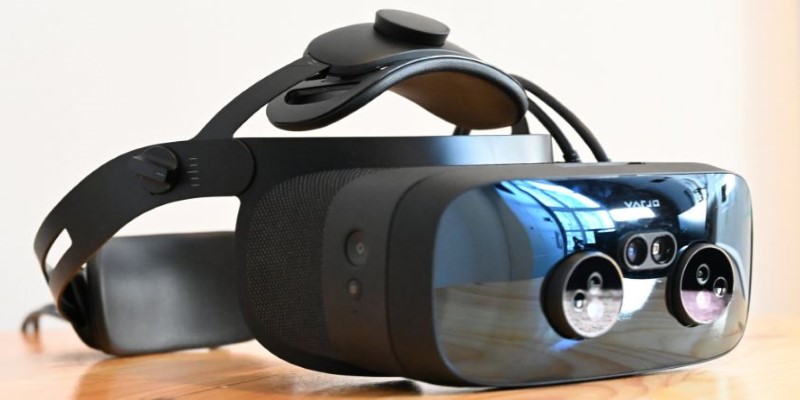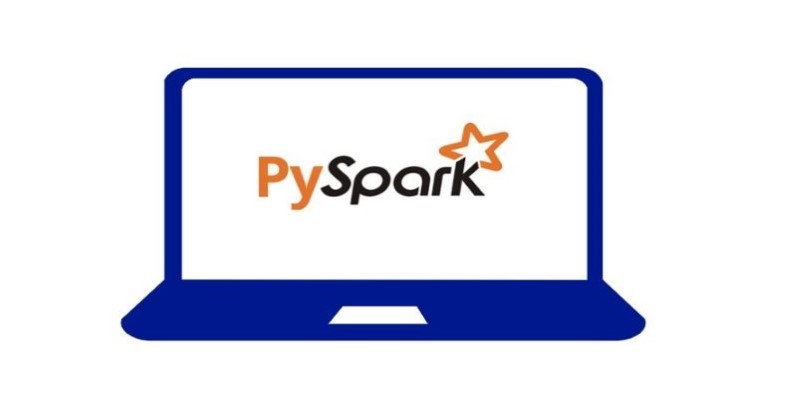Virtual reality has been advancing rapidly, and 2025 marks a pivotal year for the technology. With breakthroughs in hardware, software, and immersive experiences, several companies are reshaping the VR landscape. These companies are pushing the boundaries of what's possible in various industries, from gaming and training to healthcare and social interaction.
Some are well-established players in the VR space, while others are emerging innovators making significant strides. As the VR industry continues to evolve, these companies are leading the charge, offering exciting new possibilities and transforming how we interact with digital environments.
Top 10 VR Companies in 2025
Here are ten prominent VR companies making significant impacts, driving innovation in entertainment, healthcare, education, and enterprise solutions through immersive experiences and cutting-edge technology:
Meta: Still Leading the Charge
Meta, formerly known as Facebook, continues to dominate the VR landscape with its Quest lineup. In 2025, it's focusing on making standalone VR headsets better and advancing the boundaries of the metaverse. The company has been optimizing resolution, tracking, and mixed-reality features, extending the utility of its devices. Meta's ecosystem is extensive, including social VR environments, business solutions, and games. With significant investments in hand tracking, AI interactions, and realistic avatars, it is still a key driver of virtual reality.
Valve: The Innovator in High-End VR

Valve has built a reputation for creating some of the most advanced VR experiences. The Valve Index was a benchmark for high-quality PC VR, and in 2025, the company is rumored to be working on its next-generation headset. Valve’s focus on high refresh rates, precise tracking, and immersive controllers keeps it ahead in the premium VR space. With deep integration into SteamVR, it remains a favorite among hardcore gamers who crave the best performance.
Sony: Expanding the PlayStation VR Universe
Sony’s PlayStation VR2 has solidified its place as a major player in the VR gaming market. With exclusive titles, high-quality visuals, and haptic feedback integration, it provides an immersive experience tailored for console gamers. In 2025, Sony is expected to expand its VR ecosystem, possibly integrating more social and fitness-based VR experiences. The company’s strategy revolves around making VR accessible while maintaining a high level of quality, ensuring its place in the future of immersive entertainment.
Apple: The Premium Mixed Reality Player
Apple entered the VR/AR space with the Vision Pro, blending virtual and augmented reality into one seamless experience. Known for its high-end approach, Apple focuses on clarity, comfort, and integration with its existing ecosystem. The Vision Pro and its successors are designed not just for gaming but for productivity, education, and content creation. Apple’s push into VR is setting a new standard for mixed-reality applications, and its influence is only growing.
HTC Vive: The Enterprise VR Specialist
HTC’s Vive lineup has long been a staple in VR, particularly in enterprise and professional applications. While still catering to gamers, HTC is pushing hard into training, medical simulations, and virtual workspaces. The company’s wireless solutions and high-resolution displays make it a top choice for businesses looking to integrate VR. In 2025, HTC’s focus remains on high-performance headsets that provide flexibility, whether for entertainment or industry use.
Pico: The Rising Competitor
Pico, owned by ByteDance, is making waves as a strong alternative to Meta’s Quest series. With standalone headsets that offer similar features but without Facebook integration, Pico has gained popularity in regions where Meta’s presence is limited. The company continues to refine its hardware, offering improved battery life, display resolution, and comfort. Pico is also focusing on VR content, pushing for a diverse range of applications beyond gaming, such as fitness, education, and social interactions.
Magic Leap: Augmenting Reality with VR
Magic Leap has always walked the line between augmented and virtual reality. While its early years were met with skepticism, the company has found its niche in enterprise solutions. By creating lightweight yet powerful headsets, Magic Leap is becoming a go-to solution for professionals in healthcare, engineering, and design. In 2025, its focus is on refining spatial computing, allowing users to interact with virtual objects in ways that feel intuitive and seamless.
Varjo: Pushing the Limits of Visual Fidelity

Varjo stands out for its commitment to ultra-high-resolution VR headsets. Designed primarily for industrial use, its headsets deliver near-human-eye clarity, making them ideal for design, simulation, and training. In 2025, Varjo is refining its mixed-reality capabilities, bridging the gap between virtual and real-world interactions. With a focus on professional users, it remains a top choice for industries where detail and precision matter the most.
XRSpace: Bringing Social VR to Life
XRSpace is tackling a different side of VR—social interactions. Focusing on making virtual spaces feel more human, the company is working on avatars, spatial audio, and interactive environments that bring people together. In 2025, XRSpace aims to make VR a mainstream tool for communication, pushing for applications in remote work, events, and social networking. The goal is to make digital spaces feel less like a simulation and more like real life.
DPVR: The Affordable VR Alternative
While many companies focus on high-end VR, DPVR has been making VR accessible to a wider audience. Based in China, it specializes in cost-effective yet capable headsets. In 2025, DPVR is focusing on expanding its reach in gaming, education, and business training. With lightweight designs and competitive pricing, it provides an entry point for those looking to experience VR without breaking the bank.
Conclusion
The VR industry is set for significant growth and innovation in 2025. Companies like Meta, Valve, Sony, and Apple are at the forefront, pushing the boundaries of immersive technology. From gaming to healthcare and enterprise solutions, VR is becoming an essential tool across multiple industries. As these companies continue to evolve and refine their products, we can expect even more exciting advancements in virtual reality experiences. The future of VR is bright, and these ten companies are leading the way, making it an exciting time for tech enthusiasts and professionals alike.











